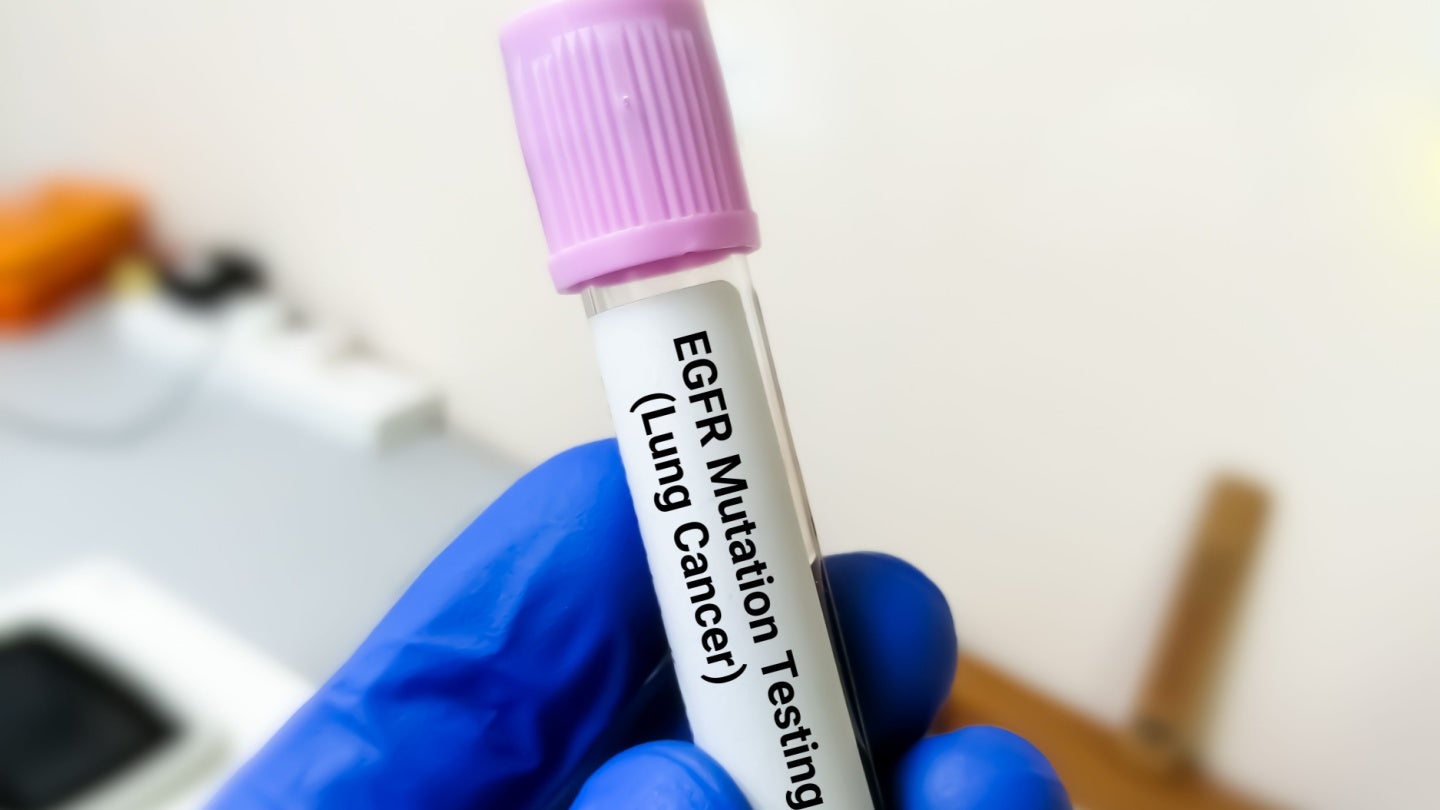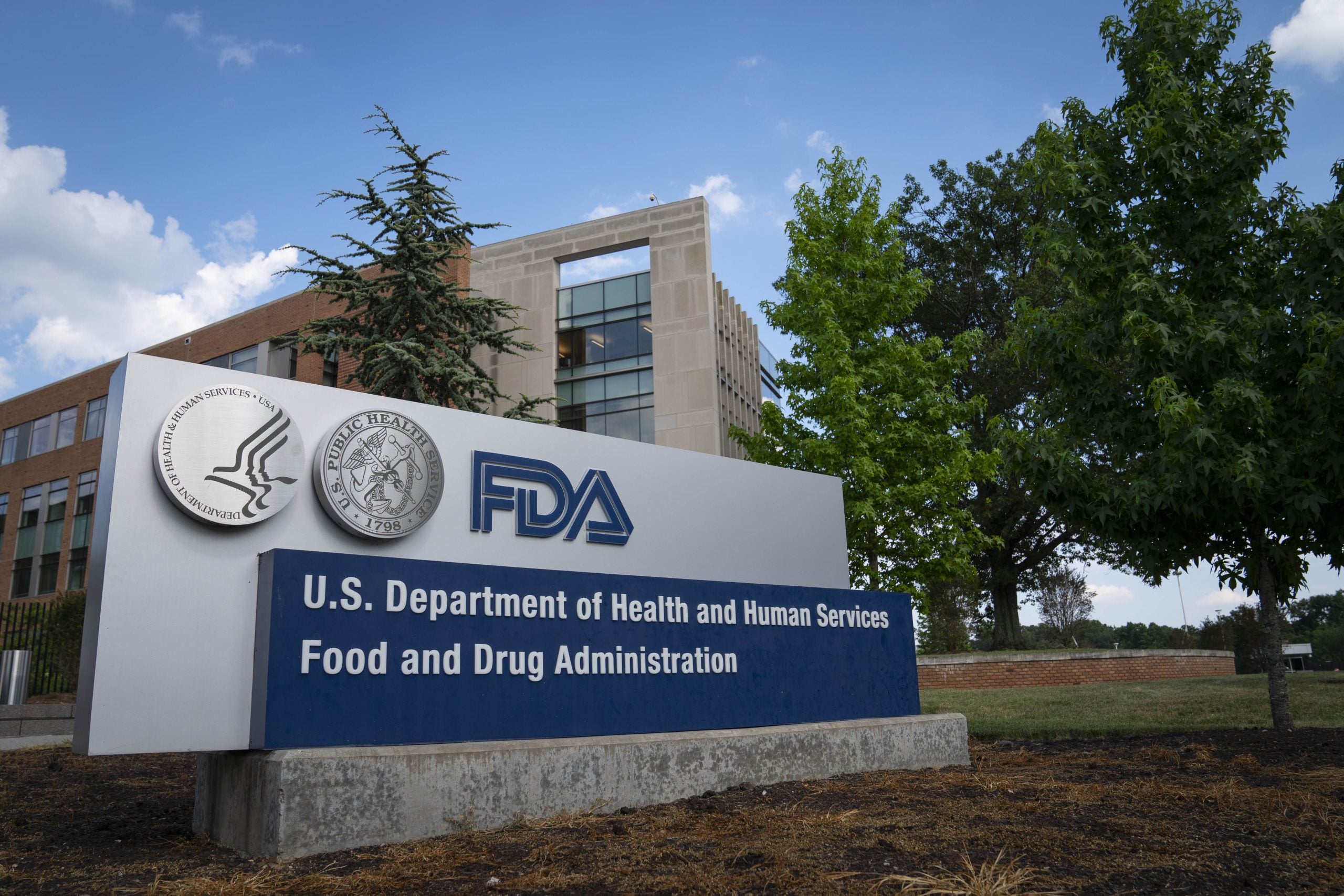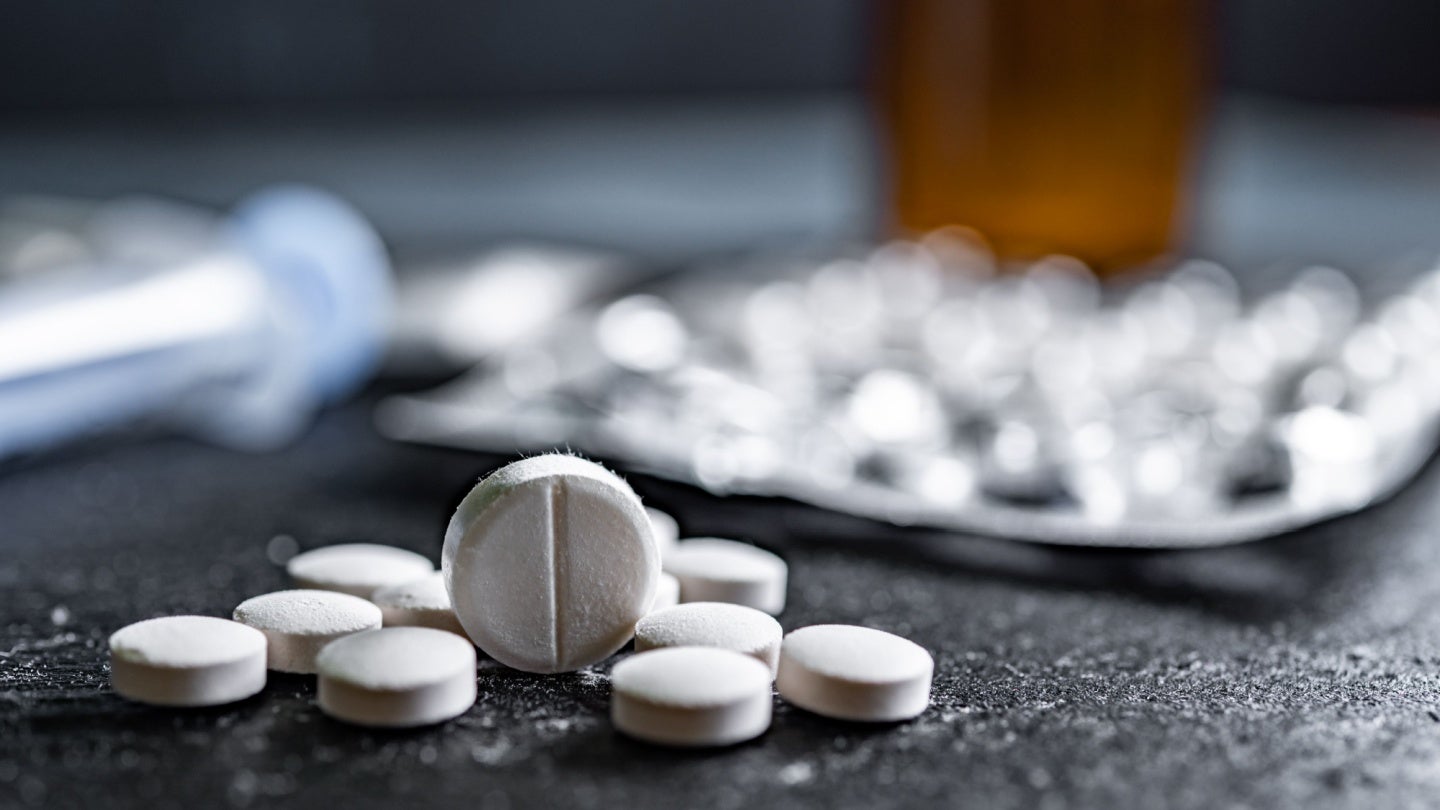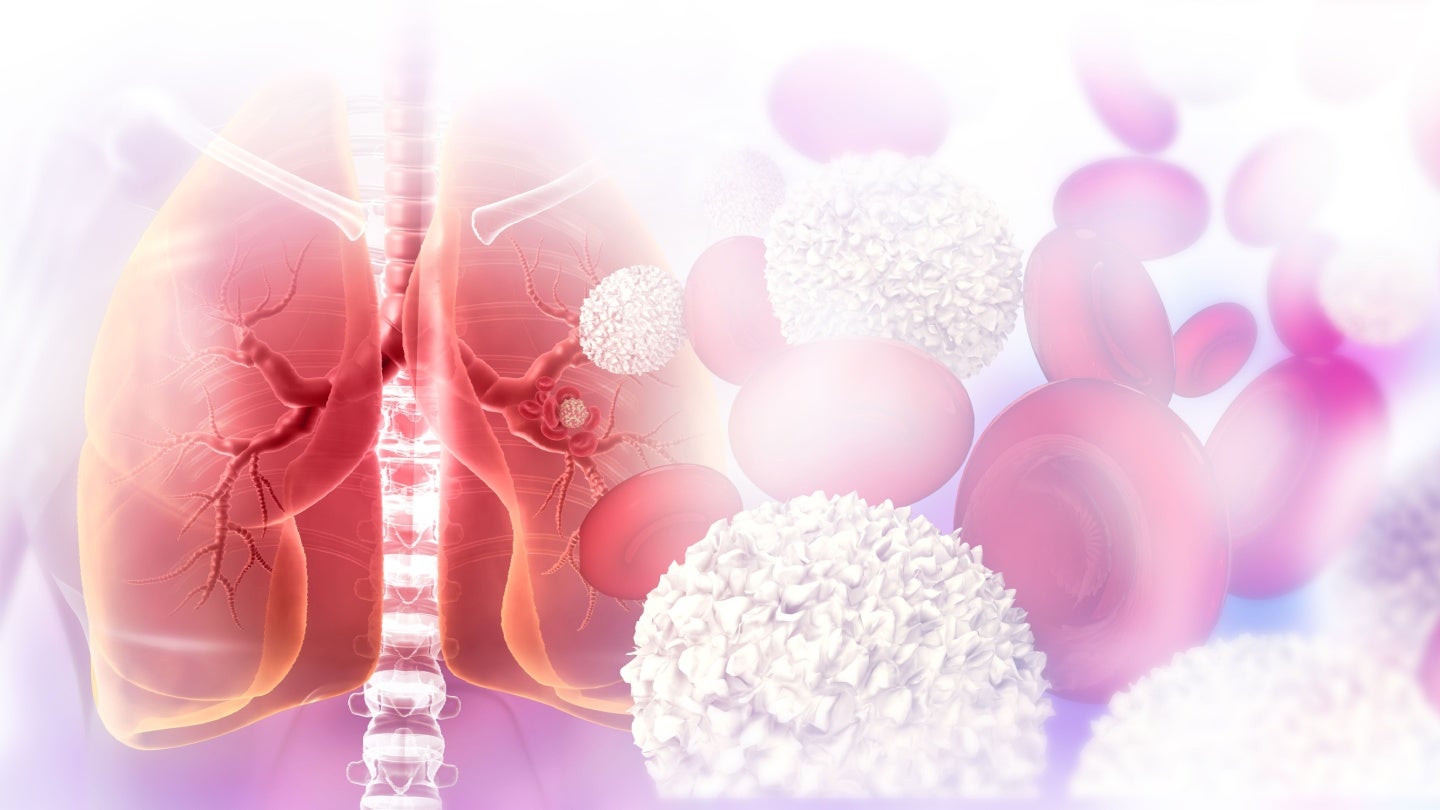Botox Alleviates Debilitating Dry Mouth in Prostate Cancer Patients Undergoing Radiopharmaceutical Therapy
In a groundbreaking development presented at the Society of Nuclear Medicine and Molecular Imaging (SNMMI) 2025 Annual Meeting, researchers have unveiled a promising new approach to alleviate one of the most debilitating side effects faced by patients receiving prostate-specific membrane antigen (PSMA)-targeted radioligand therapy for metastatic prostate cancer. This novel strategy employs a combination of […]


In a groundbreaking development presented at the Society of Nuclear Medicine and Molecular Imaging (SNMMI) 2025 Annual Meeting, researchers have unveiled a promising new approach to alleviate one of the most debilitating side effects faced by patients receiving prostate-specific membrane antigen (PSMA)-targeted radioligand therapy for metastatic prostate cancer. This novel strategy employs a combination of botulinum toxin (Botox) injections and transdermal scopolamine, an anti-nausea medication, effectively reducing radiation-induced salivary gland toxicity, a common and often treatment-limiting complication in this patient population.
PSMA-targeted radioligand therapy (RLT) has revolutionized the treatment landscape for advanced prostate cancer by delivering radioactive isotopes directly to malignant cells expressing PSMA. Particularly, the tandem use of alpha-emitter ^225Ac-PSMA and beta-emitter ^177Lu-PSMA has demonstrated remarkable anti-tumor efficacy. However, an unfortunate consequence of this targeted therapy is the inadvertent radiation exposure and consequent damage to non-target tissues such as the salivary glands. Such toxicity manifests as xerostomia or chronic dry mouth, severely diminishing quality of life and potentially forcing patients to discontinue otherwise effective therapies.
Historically, attempts to mitigate salivary gland damage using methods such as applying cold packs, external cooling, or single-agent anticholinergic drugs have yielded limited success. The paramount challenge lies in selectively protecting the salivary glands without compromising the accumulation of radioligands in tumor tissues. Against this backdrop, the recent study from the National University of Singapore offers a beacon of hope through a dual-modality prophylactic intervention that harnesses the complementary pharmacological effects of Botox and scopolamine.
.adsslot_WzRZw09PJG{width:728px !important;height:90px !important;}
@media(max-width:1199px){ .adsslot_WzRZw09PJG{width:468px !important;height:60px !important;}
}
@media(max-width:767px){ .adsslot_WzRZw09PJG{width:320px !important;height:50px !important;}
}
ADVERTISEMENT
Botulinum toxin, a neurotoxic protein widely known for its neuromuscular blockade properties, is administered via ultrasound-guided injections into the major salivary glands – specifically the parotid and submandibular glands – on alternate sides of the body. By inhibiting acetylcholine release at the presynaptic neuromuscular junction, Botox effectively reduces salivary gland secretory activity and blood flow, likely diminishing the retention and uptake of PSMA-targeted radioligands in these tissues. Complementing this, transdermal scopolamine patches applied behind the ears serve as a systemic anticholinergic agent, further curbing parasympathetic stimulation and potentially enhancing glandular protection.
The study enrolled fourteen patients with metastatic castration-resistant prostate cancer scheduled for combined ^225Ac- and ^177Lu-PSMA RLT. Botox injections were administered three to four weeks prior to the initiation of therapy, allowing sufficient time for the neurotoxin to exert its effects on glandular function. Scopolamine patches were applied three days before treatment and maintained until two hours post-therapy. Molecular imaging assessments, including pre- and post-treatment PSMA PET/CT scans and SPECT/CT, quantitatively evaluated changes in radioligand uptake within the salivary glands.
Results revealed a significant and clinically meaningful reduction in PSMA tracer accumulation in treated salivary glands. Notably, Botox-injected parotid glands exhibited an average 30% decrease in radioligand uptake when compared to the contralateral untreated glands. Similarly, treated submandibular glands demonstrated a 17% reduction relative to their untreated counterparts. Importantly, despite this protective effect on non-target tissue, tumor uptake of PSMA radioligands remained unaffected, underscoring the therapeutic selectivity of the intervention.
Patients tolerated the combined Botox and scopolamine regimen remarkably well, with only mild localized injection discomfort reported and no serious systemic adverse events. Crucially, no participants discontinued radioligand therapy owing to xerostomia, suggesting a substantial improvement in treatment adherence and overall quality of life. This safety profile is particularly encouraging given that both Botox and scopolamine are already FDA-approved agents with well-characterized mechanisms of action and established clinical use in other settings.
The implications of these findings are far-reaching. Addressing salivary gland toxicity not only alleviates a debilitating side effect but also holds potential to broaden the therapeutic index of PSMA-targeted radiopharmaceuticals, especially those employing potent alpha emitters like ^225Ac. By mitigating dose-limiting toxicity, clinicians may be empowered to deliver higher or more frequent therapeutic doses, potentially enhancing oncologic outcomes without compromising patient well-being.
Dr. Jingjing Zhang, assistant professor at the Theranostics Centre of Excellence, emphasized the translational impact of the study: “Our approach leverages readily available, FDA-approved medications to pioneer a protective strategy against radiation-induced salivary gland damage. This innovation could rapidly be adopted in clinical centers equipped to perform PSMA radioligand therapy, thereby enhancing patient care on a global scale.”
Mechanistically, the synergy between Botox’s local neuromuscular blockade and the systemic parasympathetic inhibition by scopolamine likely orchestrates a multifaceted reduction in salivary gland perfusion, secretion, and consequent PSMA radioligand uptake. This dual blockade represents a significant advancement over prior monotherapies or physical cooling methods that failed to achieve meaningful glandular protection.
Further research is warranted to optimize dosing, timing, and delivery parameters of this combined intervention, as well as to evaluate long-term outcomes and potential effects on salivary gland function recovery. Nonetheless, these promising early results chart a clear path forward toward integrating neurotoxin and anticholinergic agents into standard care protocols for patients undergoing PSMA-targeted therapies.
In conclusion, this innovative protective strategy opens new avenues to improve the therapeutic ratio of radioligand therapy in advanced prostate cancer. By proactively safeguarding salivary glands from radiation damage, the combined use of botulinum toxin and scopolamine holds great promise to enhance patient quality of life, maintain adherence to life-extending treatments, and ultimately improve clinical outcomes in this challenging oncologic arena.
Subject of Research: Protective strategies against salivary gland toxicity during PSMA-targeted radioligand therapy in metastatic prostate cancer patients.
Article Title: Botulinum Toxin Plus Scopalamine as a Protective Strategy Against Salivary Gland Toxicity in Patients Treated with 225Ac- and 177Lu- PSMA-Targeted Radioligand Therapy (TANDEM PSMA-RLT).
News Publication Date: 2025
Web References:
https://jnm.snmjournals.org/content/66/supplement_1/251452
Image Credits:
Images created by Tianzhi Zhao, Jingjing Zhang, et al., National University of Singapore, Singapore / Richard P. Baum et al., Curanosticum Wiesbaden-Frankfurt, Wiesbaden, Germany.
Keywords:
Personalized medicine, side effects, medical treatments, prostate cancer
Tags: alleviating xerostomia in cancer patientsanti-nausea medication in cancer treatmentBotox for dry mouth reliefcombination therapy for prostate cancerenhancing quality of life in cancer patientsnovel approaches to radiation-induced side effectsprostate cancer treatment innovationsPSMA-targeted radioligand therapyradiopharmaceutical therapy side effectsreducing chronic dry mouth in oncologysalivary gland toxicity managementtransdermal scopolamine for cancer therapy
What's Your Reaction?
































